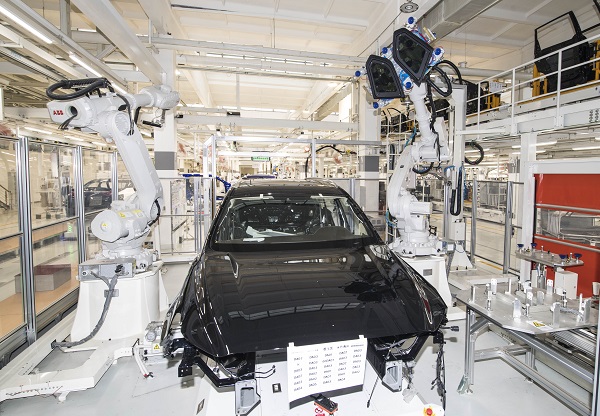New Delhi/Mumbai, A desi version of ‘Cash for Clunkers’ scheme might be in the offing to reverse the slowdown that has heavily dented the Indian automobile industry.
Accordingly, several central government ministries are said to be in a huddle to finalise key aspects of the policy such as incentives for buying new vehicles in lieu of scrapping old ones along with deciding the parameters of eligible category of automobiles.
Even state government’s are being approached to take their inputs regarding land use incentives for setting-up of vehicle scrap yards.
The development comes as the automobile industry has repeatedly sought an ‘End of Life’ policy from the central government as a measure to arrest the falling sales.
The policy, if implemented, is expected to encourage customers to go in for new purchases which will be backed-up by government incentives in lieu of their old vehicles.
Significantly, the move is considered to be the most vital element of any further package to prop-up the sector’s growth.
In July, the Ministry of Road Transport and Highways had issued draft amendment of the Central Motor Vehicle rules for public consultation which, among other things, proposed to provide benefits ranging up to Rs 40,000 on new purchases after scrappage of the old vehicle of a similar category.
The proposal also included waving-off registration fees for new vehicle, if the customer is able to produce a scrappage certificate for a vehicle of the same category. The intended benefit has been proposed across categories of vehicles from two-wheelers to heavy transport trucks.
As per the draft notification, the incentive will range from Rs 1,000-40,000, if the scrappage certificate is produced, the plan that time was also to include imported cars.
Besides, industry insiders opined that an India specific scrappage policy might include both commercial and passenger vehicles as well as two-wheelers.
Apart from few country specific features, the policy is expected to be similar to the US government’s program — Cash for Clunkers — that provided financial incentives for purchase of fuel-efficient vehicles in exchange for old vehicles.
Presently, the automobile industry has been hit hard due to a slowdown, caused by several factors, like high GST rates, farm distress, stagnant wages and liquidity constraints.
Consequently, the industry’s sales and production levels have dramatically plunged, leading to job losses.
In August, all major OEMs consisting of passenger, commercial, two- and three-wheeler manufacturers have reported a massive decline in domestic sales.
As per Society of Indian Automobile Manufacturers’ August sales figures, the overall sectoral offtake in the domestic market has plunged 23.55 per cent to 1,821,490 units, from 2,382,436 units sold during the corresponding month of the previous year.
Moreover, the industry has estimated that around 15,000 contractual manufacturing jobs have been lost and another million are at the risk, if the slowdown is not reversed.










